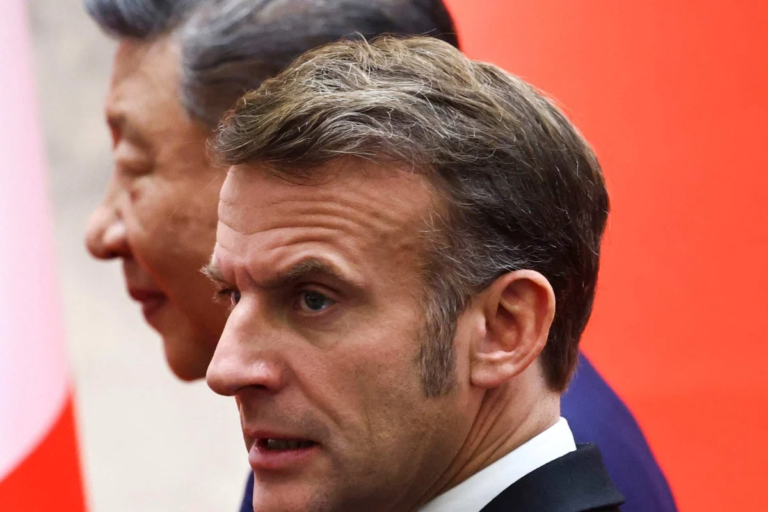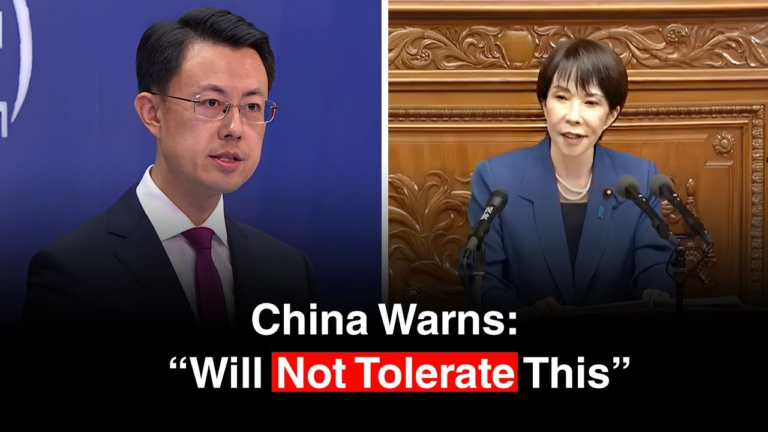
The Philippines is counting on the resumption of a eVisa program for Chinese tourists in November to help close a widening gap in tourist arrivals, as neighbouring Southeast Asian countries pull further ahead.
Tourism Secretary Christina Frasco said Tuesday, October 21 that the government expects Chinese visitor numbers to rise once the eVisa is back in place.
“With the eVisa being resumed only in November, it’s really a lot of market preparation to rebuild what has been lost,” she said at an event in Makati City, as quoted by the Philippine News Agency.
Frasco added: “The market penetration, I anticipate, will only be next year. As we can see in the results of any marketing campaign, it’s a work of at least six months before you can see actual conversion.”
The online system aims to make it easier for travelers from mainland China and its Special Administrative Regions to obtain visas for stays of up to 14 days for business or tourism.
The Department of Tourism (DOT) said it will also work with Chinese industry partners to increase the number of charter flights into the country and will step up marketing for both leisure and business travelers.
“Even when the eVisa was suspended… our marketing efforts in China did not stop,” Frasco said in Filipino.
The DOT reported 203,923 Chinese arrivals in January–September 2025. While that is an improvement in trend compared to 2024’s 300,000 tourists, the Philippines was banking on a 2-million visitor target from China.
Lagging behind peers
The effort, however, is an uphill task. The country, after all, is lagging behind peers in Southeast Asia in overall tourism numbers.
Between January and April 2025, the Philippines drew just 2.1 million foreign visitors—a drop of 3.2 % compared to the same period in 2024. Its neighbors such as Malaysia (13.4 million) and Thailand (12.1 million) posted far higher volumes.
The weak performance stems from multiple factors: weaker high-volume feeder markets like South Korea and China, and the Philippines’ less-mature public and private tourism infrastructure.
Reintroducing the China eVisa may prove crucial. Before the pandemic, China was the Philippines’ second-largest source market after South Korea, delivering 1.7 million visitors in 2019.
The DOT said it is ramping up joint promotions with the Tourism Promotions Board and private-sector partners to align efforts.
“We hope that it (e-Visa) can lead to higher arrivals from the Chinese market next year,” Frasco said.
Competitive race. Tourism analysts, however, say that inbound tourism has not kept up with outbound tourism, that is, Filipinos visiting countries overseas, particularly Japan, Korea and Vietnam.
One report described inbound arrivals as “a bit slower, at less than three-quarters (72 %) recovered to 2019 levels.”
“The regional market is very competitive, and we need to keep adding more focus, resources, and funding to our tourism sector to ensure we stay relevant,” Mastercard Chief Economist for Asia-Pacific David Mann said in a May report. — Camille Diola





